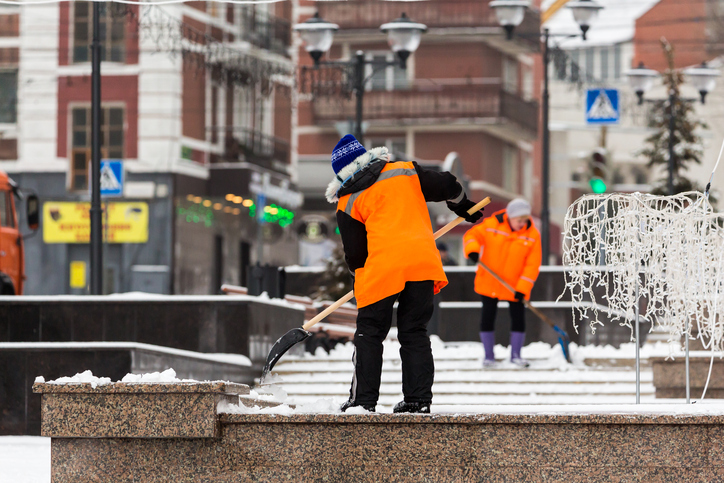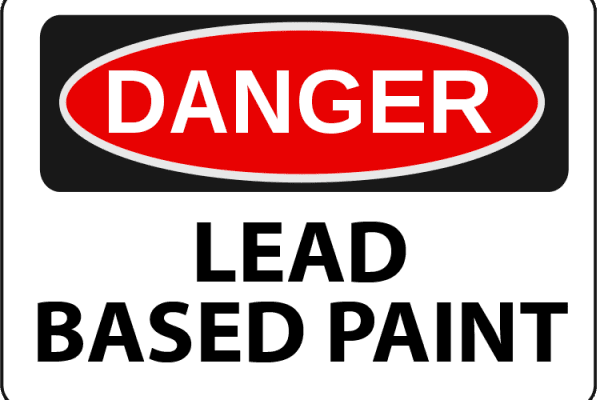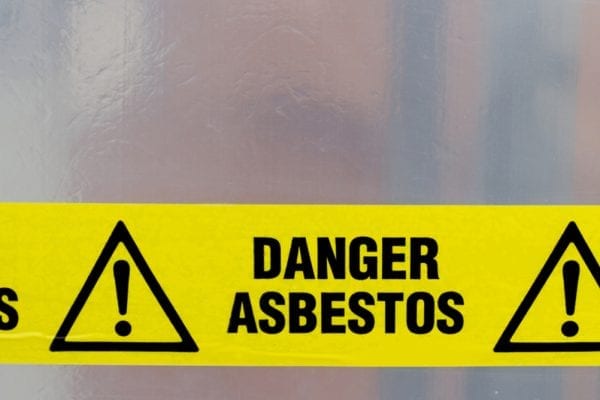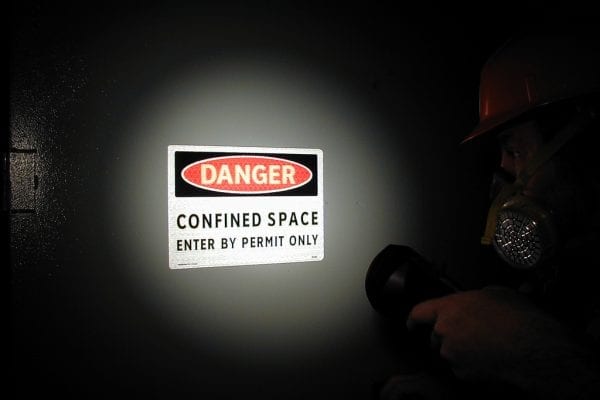Slips, trips, and falls (STFs) are a leading cause of workplace injuries year round, and in winter the dangers increase. Icy sidewalks, frost-heaved walk surfaces, wet entryways, and dark stairwells all contribute to potential STFs. Property owners and employers can both be held liable for injuries that occur on the premises or while working, especially when they don’t take appropriate precautions.
Here’s what you need to know to protect yourself and the people who visit and work in your facilities.
Top 10 STF Hazards
According to the National Institute for Occupational Safety and Health, the top 10 slip, trip, and fall hazards are:
- Contaminants on the floor
- Indoor walking surface irregularities
- Outdoor walking surface irregularities
- Weather conditions: Ice and snow
- Inadequate lighting
- Stairs and handrails
- Stepstools and ladders
- Tripping hazards: Clutter, loose cords, etc.
- Improper use of floor mats and runners
- Poor drainage
How to Safeguard Your Facilities
Nearly every facility and workplace presents opportunities for slips, trips, and falls. Prevention begins with understanding the problem, assessing your facilities, developing a prevention plan, providing appropriate remedies, and reassessing periodically.
One: Assess Your Facility for Hazards
Using the list of top hazards and OSHA’s guidelines in the Code of Federal Regulations, Subpart D (29 CFR 1910.22.30), assess each area of your facility for potential slip, trip, and fall hazards.
Two: Develop a Prevention Plan
Your prevention plan should include a list of all potential hazards within the facility, as well as a list of remedies and procedures for each, plus a communication plan for ensuring all employees are aware of correct procedures.
Three: Provide Appropriate Remedies
Execute on your prevention plan by providing the appropriate remedy for each type of hazard present. For instance:
- Contaminants on the floor. Ensure that areas of likely contamination, such as entryways and janitorial supply closets are equipped with wall-mounted spill pads, accessible to employees and visitors, high visibility caution signs, and umbrella bags for building entryways.
- Walking surface irregularities. Have irregularities repaired as soon as they appear. Where repair is not possible, highlight hazards with bright yellow paint and/or high visibility signage.
- Weather conditions. Have a plan for clearing sidewalks and pavement immediately of ice and snow before employees and visitors arrive. When necessary, delay the start of the workday to make time for clearing activities. Visibly communicate contact information for visitors and employees to report icy or hazardous conditions when they see them.
- Inadequate lighting, stairs, handrails, step stools, and ladders. Where possible, remediate any hazards by improving lighting, repairing handrails, marking stairs clearly, and maintaining stools and ladders in good condition. Post visible signage in stairwells and on ladders on proper safety protocols.
- Tripping hazards and improper floor mats and runners. Institute regular maintenance routines to ensure that all work and visitor areas are regularly inspected for tripping hazards, and that any hazard is immediately remedied.
- Poor drainage. Monitor areas around pipes and drains for indication of overflow or backing up. Maintain drainage regularly and install additional drains where necessary.
Four: Reassess Periodically
Over time, wear, tear, weather conditions, and human error can cause new slip, trip, and fall hazards to arise. Include routine reassessment as part of your STF prevention plan.
The Easy Way to Ensure Compliance
Don’t let the winter get the best of you. Take steps now to ensure your workplace is safe for employees and visitors. It’s not only an OSHA requirement, it’s the right thing to do.
You may have internal resources who can perform your assessments, develop your plans, and provide appropriate remedies. Or you may prefer to hire a reputable firm to handle everything. GLE has been assessing and developing safety plans for property owners and employers for more than 20 years. We would love to answer your questions about the easy way to ensure compliance, today.






